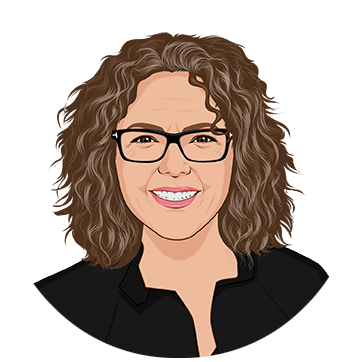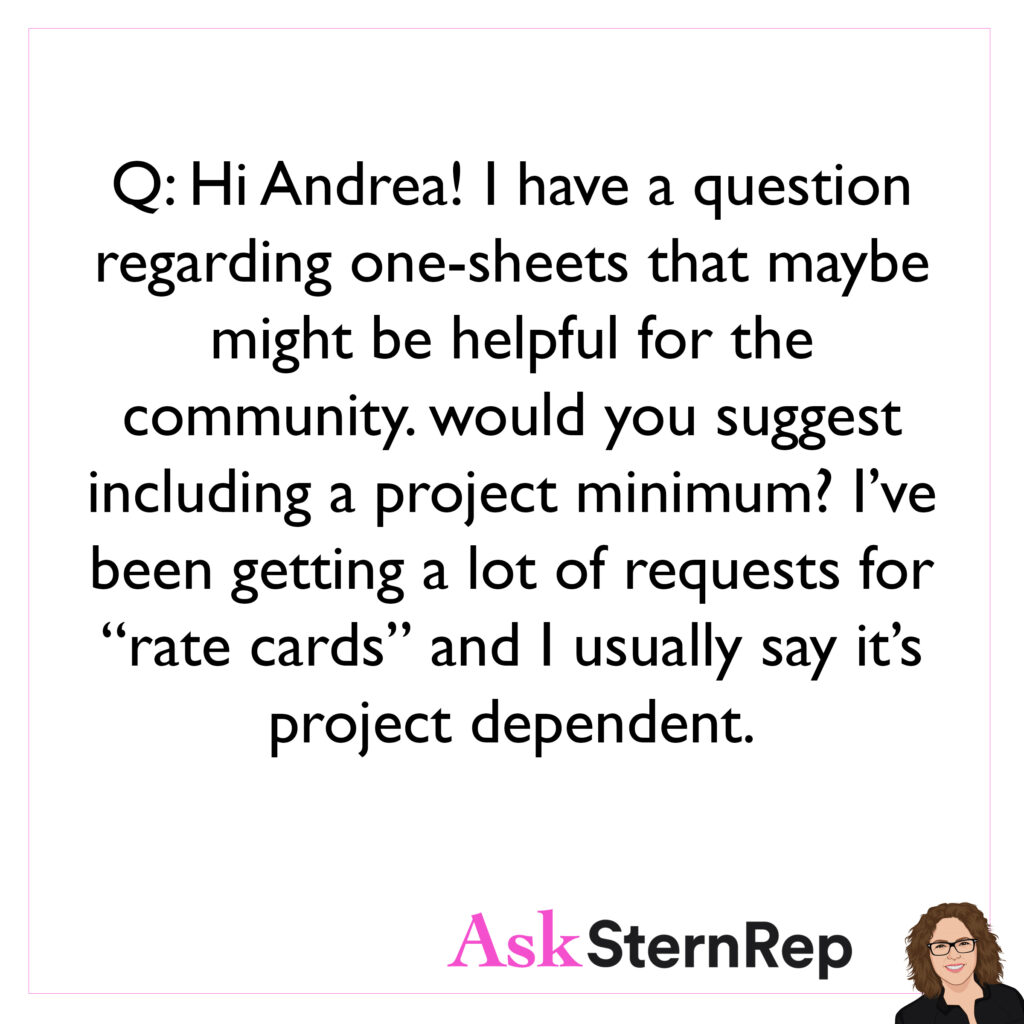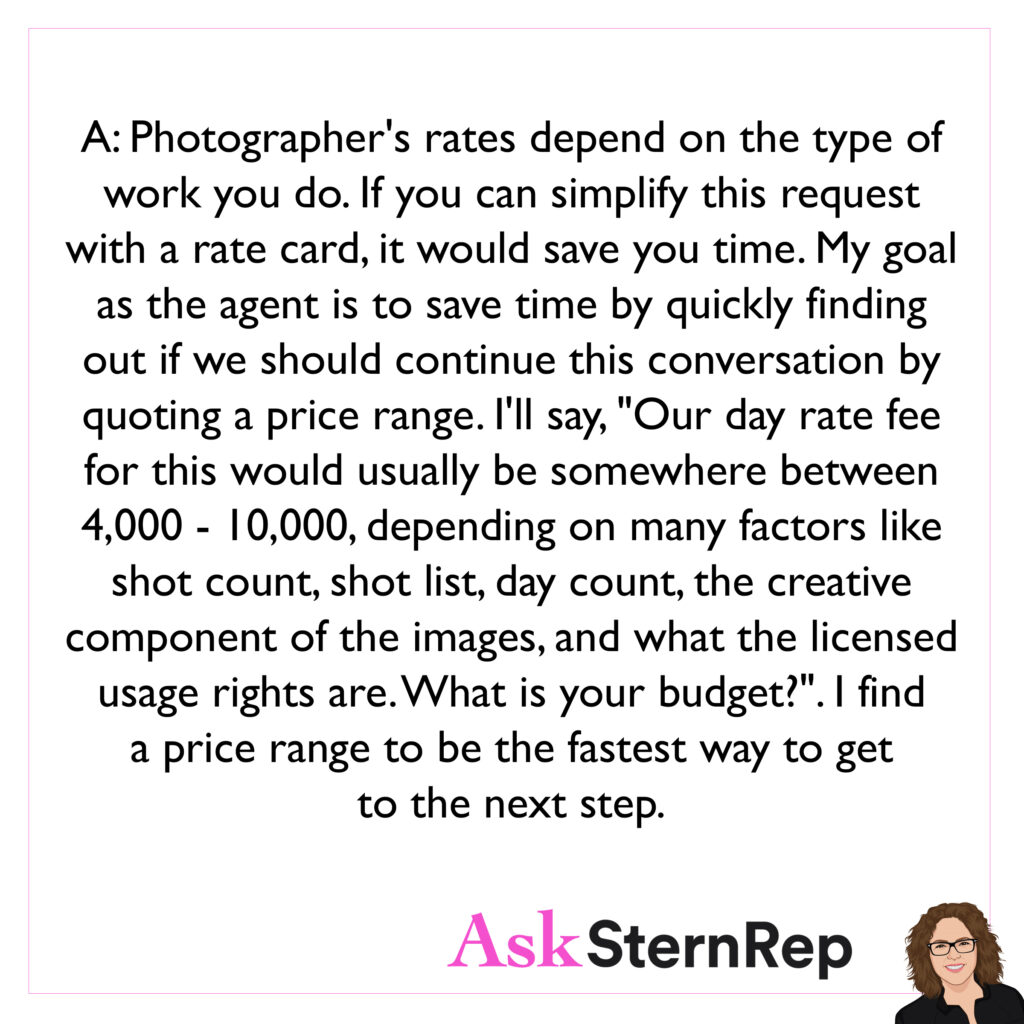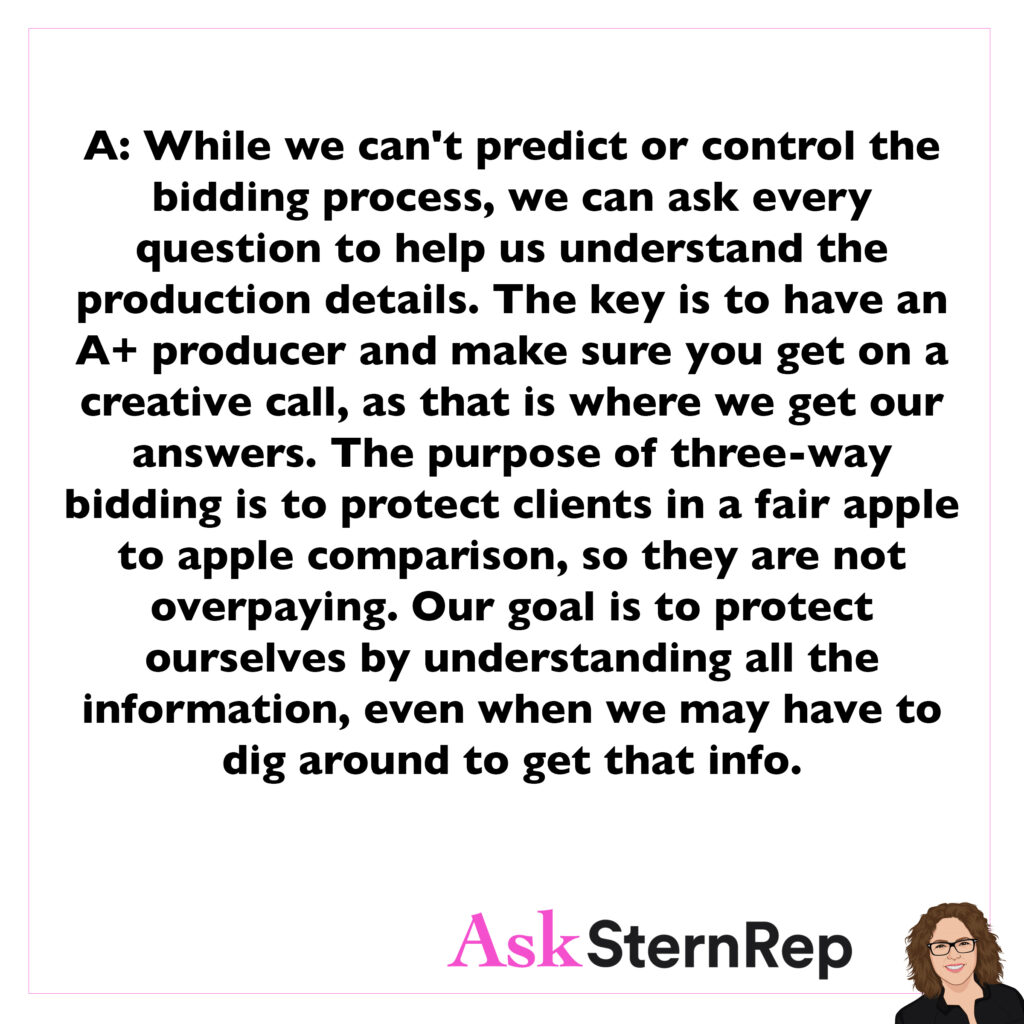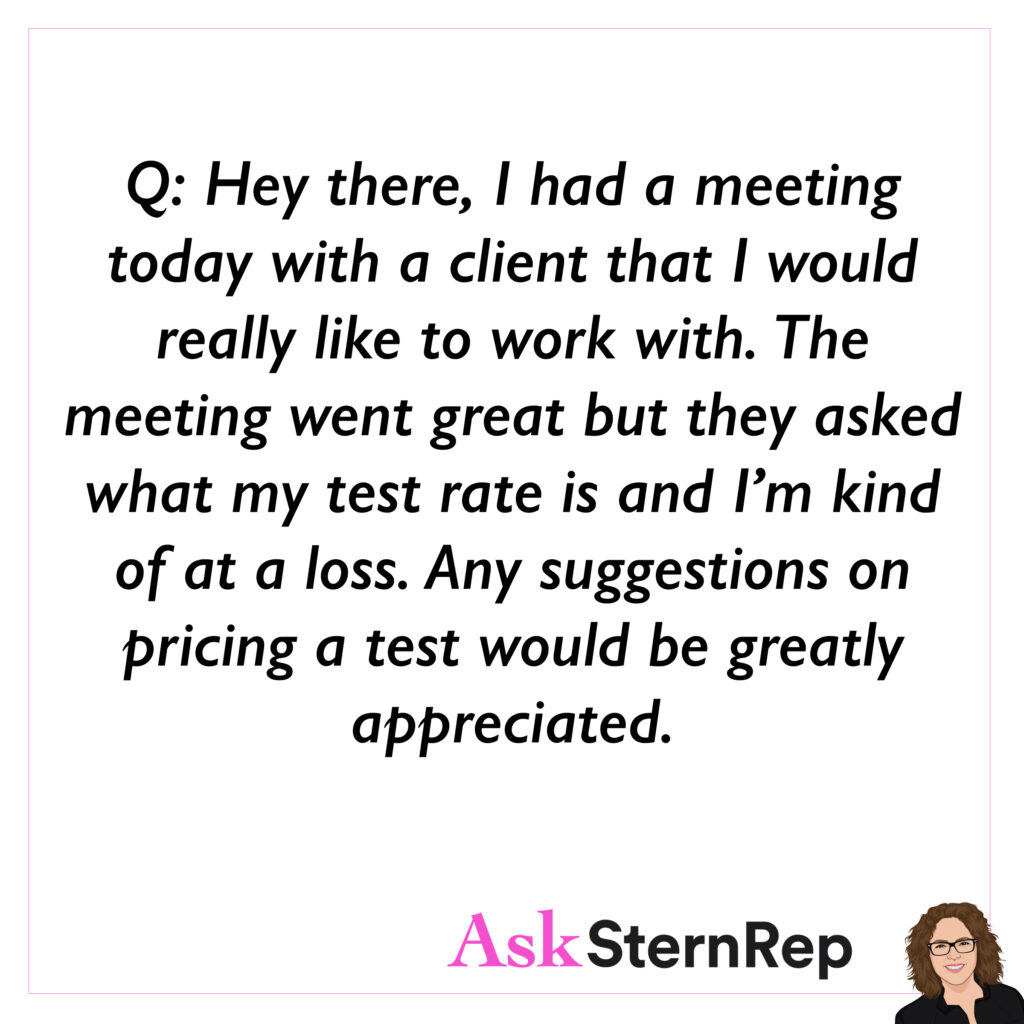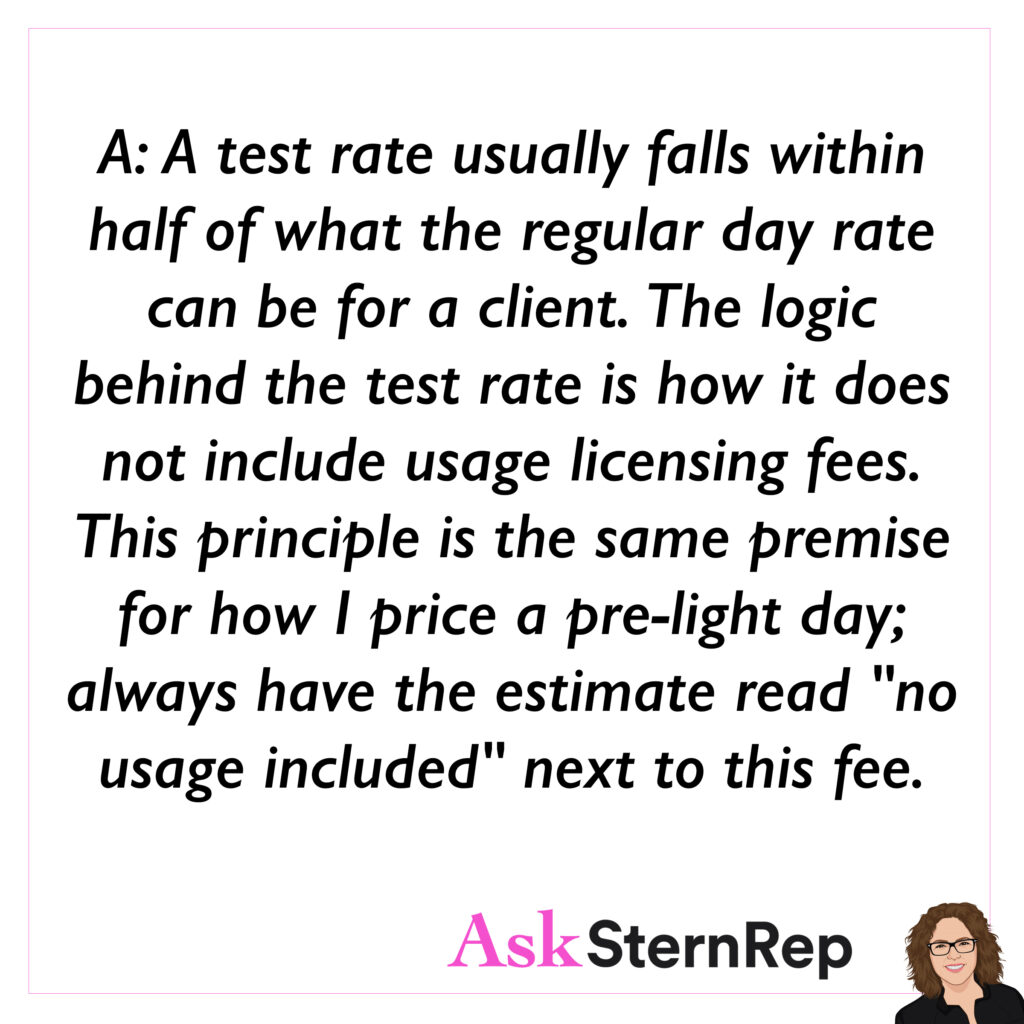Protect yourself on bids by preparing for the client to respond by handling some of the line items themselves.
For example, if they had contemplated supplying the props, expect your prop cost to eventually be removed from your total. If you know their budget or have one in mind, place those prop costs over the final amount you want to come in at. You cannot add to your bid once you submit it, so strategically place your numbers with this in mind.
There are line items on your bid that the client may turn around and say no we’ll cover that overtime, retouching, or food. But be careful on those items because once they take it out, your budget is stuck there. Even if they said they have a budget of 20 grand and you now come in at 15 grand with those items removed, they’ve now seen your budget and you can’t change it at that point. Be careful with those items. Talk to them about it with them if you think they might take those out. Have that in mind.
